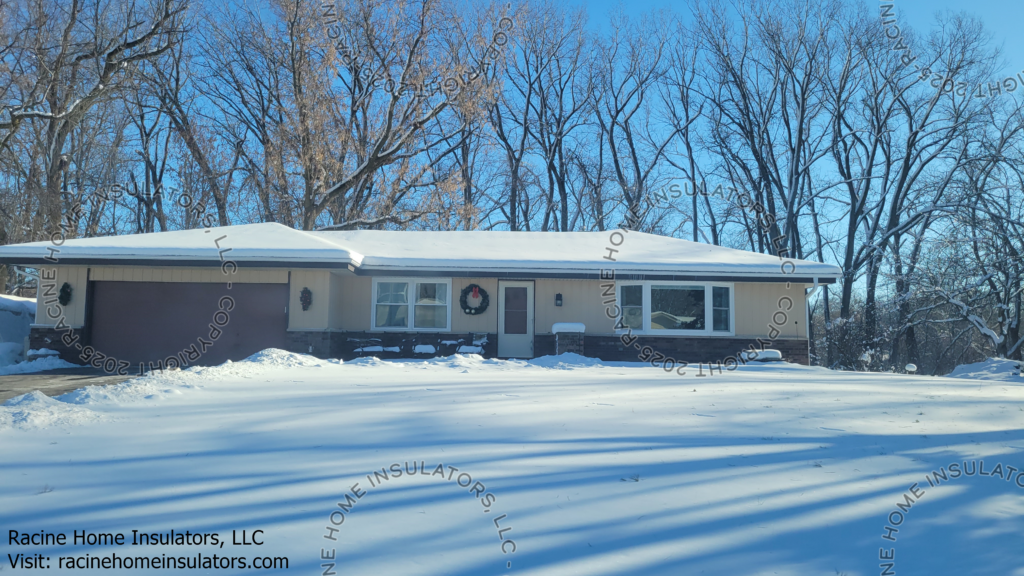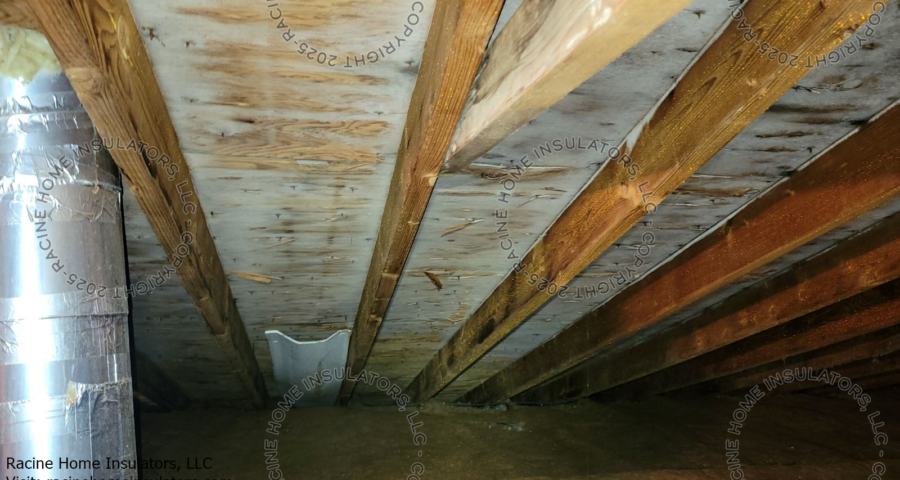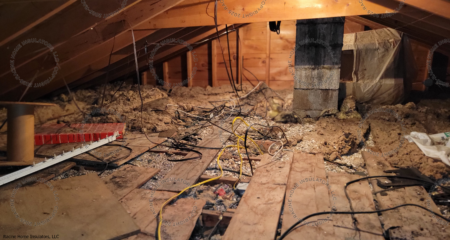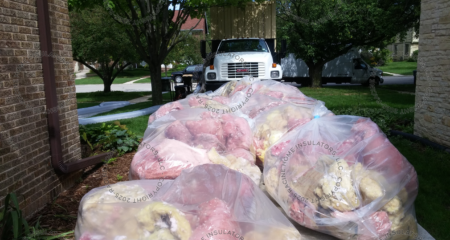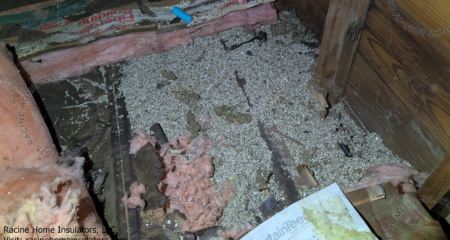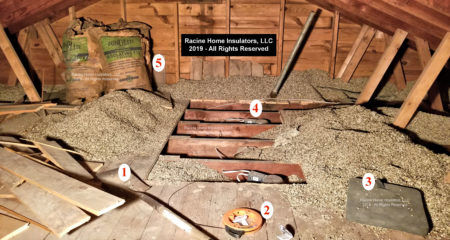Attic moisture can lead to mold and ruin the roof decking. In some cases it can cause health problems for the home’s occupants. Attic ventilation is often recommended as the solution to preventing moisture buildup in an attic, but that is BAD advice. There is very little ventilation of attics in the winter for reasons described below. The solution to attic moisture and mold is ALWAYS proper attic air sealing. Like it or not, the best way to air seal an attic is to first remove all of the existing attic insulation.
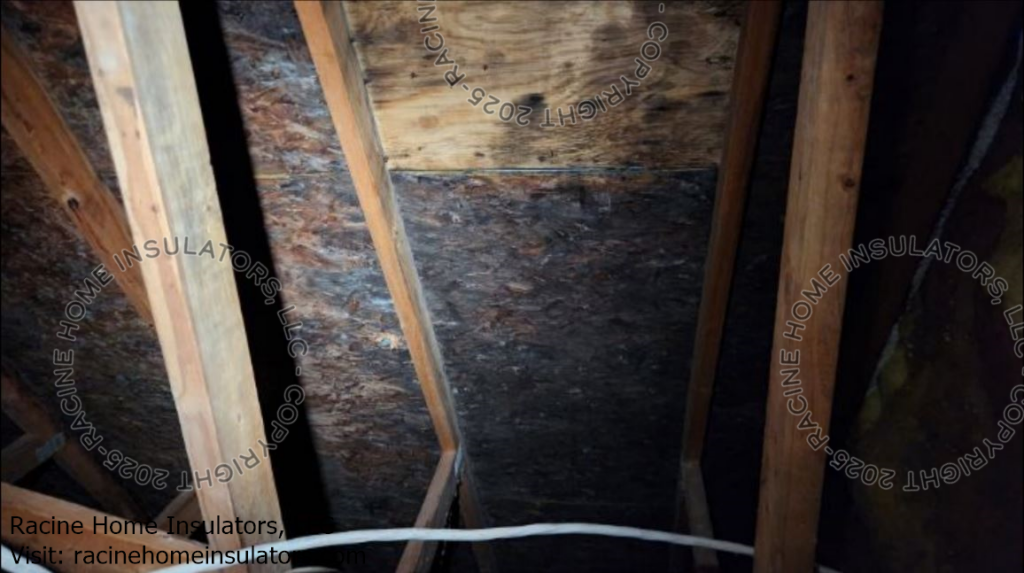
Attic vents rarely work in the winter. Attic vents are installed so heat can rise out in the summer when the sun is beating down and cooking the attic to temperatures that can reach 120-130 degrees Farenheit. When the attic is 40 to 50 degrees warmer than the outside air we get lift. In this case the warm air rises out of the vents near the top of the roof (square or ridge vents). This “air lift” happens because cooler air is allowed to enter the attic from down low (usually the overhang/soffit vents). The greater the temperature difference the greater the lift forces. This is why a hot air ballon rises after the balloon’s air has been heated.

In the winter there are two reasons why the moist air in the attic will not rise out the upper roof vents and be replaced by cooler dry air from the soffit. FThe first reason is that the temperature difference between the attic air and the outside air is small. Since the roof deck is not insulated heat in the attic is rapidly lost by conduction through the roof decking. So for example, when it is 5 degrees outside the attic is likely to be about 15 degrees. The result is a very small 10 degree temperature difference. The second reason is that your roof vents are often covered in snow and no air can pass through them. See additional examples of covered roof vents in my article “Is your roofer, home inspector, and mold guy all wrong?”.
